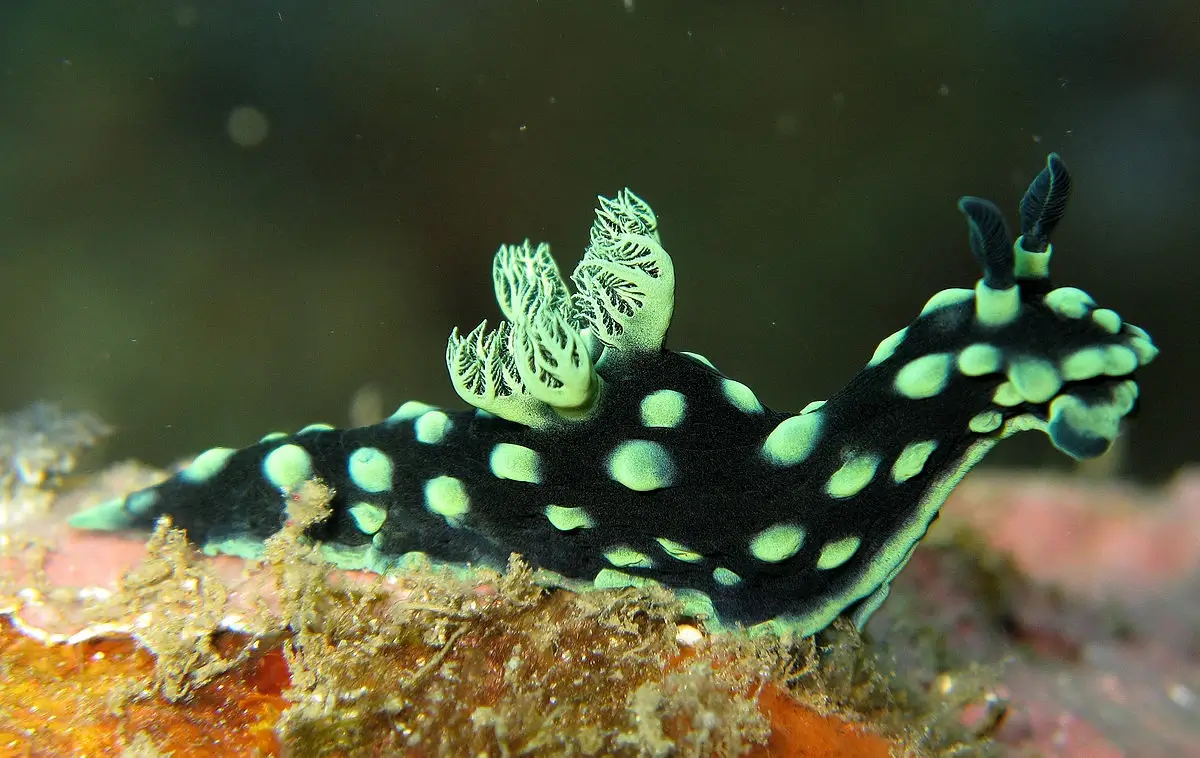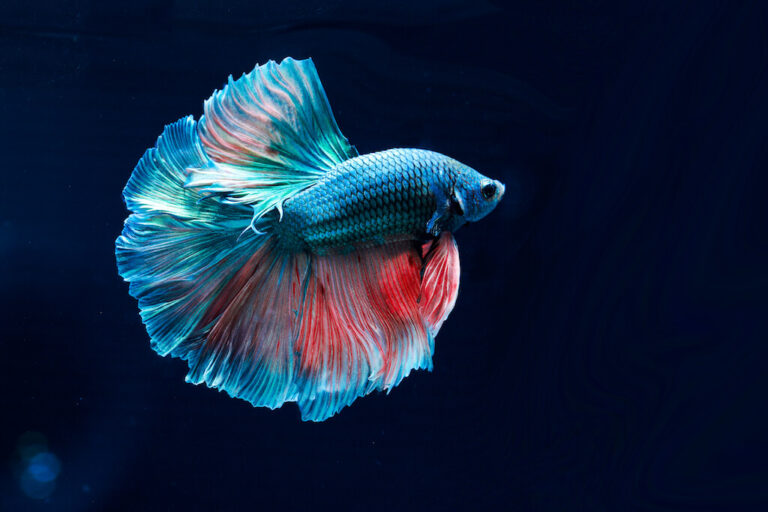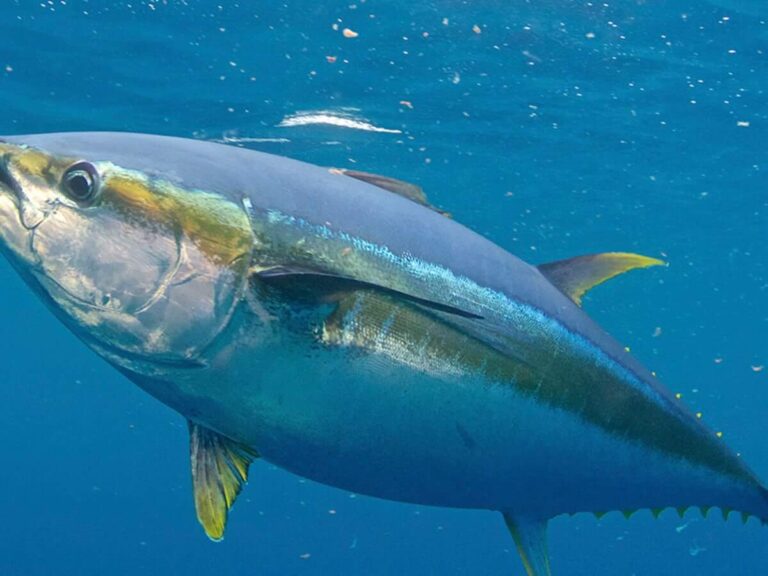Discover the Fascinating World of Nudibranchs: Colors & Adaptations
Nudibranchs, often called “sea slugs,” are some of the most stunning and diverse marine creatures. With over 3,000 species, their vibrant colors and unique forms make them a favorite among divers and marine enthusiasts. Despite their delicate appearance, nudibranchs have evolved remarkable adaptations that allow them to thrive in ocean environments. This article delves into their scientific classification, physical traits, habitat, diet, behavior, and more.
Contents
Scientific Classification
- Kingdom: Animalia
- Phylum: Mollusca
- Class: Gastropoda
- Order: Nudibranchia
- Family: Various families within Nudibranchia
- Common Name: Nudibranch
Nudibranchs, like snails, belong to the Gastropoda class, but they lack a shell in their adult form, a characteristic that contributes to their name, which translates to “naked gill.”
Physical Characteristics

Nudibranchs are renowned for their kaleidoscopic colors and intricate patterns, which vary significantly across species. These colors often serve as warning signals to potential predators about their toxicity.
- Size: They range from a few millimeters to over 30 cm long.
- Body Structure: Soft-bodied, with an elongated, flat shape. They have external gills on their backs, which they use for respiration.
- Coloration: Vivid hues of blue, pink, yellow, and red, often combined in intricate patterns.
- Defense Mechanisms: Many species can absorb toxins from their prey, storing them in their tissues to fend off predators.
Habitat
Nudibranchs are found in marine environments worldwide, from tropical coral reefs to cold, deep-sea regions.
- Distribution: Found in oceans globally, from shallow intertidal zones to depths of up to 700 meters.
- Preferred Environments: Rocky reefs, coral ecosystems, and seagrass meadows. They often prefer areas rich in sponges, algae, or hydroids, which serve as their primary food sources.
Behavior

Nudibranchs are slow-moving, bottom-dwelling animals that rely on their acute sense of smell to locate prey. They are solitary creatures, primarily active during the day.
- Locomotion: They glide across surfaces using a muscular “foot” that secretes mucus to help them move.
- Camouflage and Defense: While some species use bright colors to warn predators, others blend seamlessly with their surroundings, camouflaging themselves from potential threats.
Diet
Nudibranchs are carnivorous and have highly specialized diets.
- Primary Food Sources: Sponges, hydroids, anemones, and other nudibranchs.
- Feeding Mechanism: They use a radula (a tongue-like structure with tiny teeth) to scrape or pierce their prey. Some species consume toxins from their prey, which they store in their tissues for defense.
Reproduction
Nudibranchs are hermaphrodites, meaning they have both male and female reproductive organs.
- Mating: Two individuals will exchange sperm, and both can lay eggs afterward.
- Eggs: After mating, they lay egg masses in spiraled or coiled ribbons, often attached to rocks or corals.
- Development: Nudibranchs undergo a planktonic larval stage before settling on the ocean floor and developing into their adult form.
Predators
While nudibranchs have evolved various defense mechanisms, they still face threats from natural predators.
- Main Predators: Fish, crabs, sea stars, and certain species of marine turtles.
- Defense Mechanisms: Some species use toxins from their prey to make themselves unpalatable, while others rely on bright coloration to signal their toxicity to predators.
Conservation Status
Nudibranchs are not currently classified as endangered or threatened, though their habitats are vulnerable to environmental changes.
- Principal Threats: Habitat destruction due to coral reef degradation, pollution, and climate change.
- Conservation Efforts: Protecting coral reefs and marine ecosystems indirectly benefits nudibranch populations.
Interesting Facts
- No Shell: Unlike other gastropods, nudibranchs shed their shells after their larval stage.
- Incredible Diversity: There are over 3,000 species of nudibranchs, each with unique color patterns.
- Toxin Absorption: Nudibranchs can absorb toxins from their prey, like sponges or hydroids, and store them in their bodies for self-defense.
- Photographers’ Favorite: Their vibrant colors make them popular subjects for underwater photographers.
Evolutionary History
Nudibranchs evolved from shelled ancestors. The shell loss is believed to be an adaptation for their more specialized diets and habitats. They have developed an evolutionary arms race with their prey, mainly sponges, with some species becoming immune to the toxins of their food sources.
Relationship with Humans
While nudibranchs hold no direct economic importance, they are a significant part of marine ecosystems and are popular among scuba divers and marine biologists for study and observation.
- Ecotourism: Their bright colors and intriguing behaviors make them a favorite for underwater photographers.
- Scientific Research: Nudibranchs are studied for their unique chemical compounds, some of which are being explored for medical uses.
Conclusion
Nudibranchs are a visual wonder of the marine world and remarkable creatures with sophisticated adaptations that allow them to thrive in diverse oceanic environments. Their fascinating biology, from toxin absorption to their vibrant coloration, showcases the complexity of life in marine ecosystems. Protecting their habitats ensures these underwater gems continue enchanting divers, scientists, and nature enthusiasts alike.
- Golden Retriever Pros and Cons: What Every Pet Parent Should Know - 15 September 2025
- Cane Corso Dog Breed: Health, Care, and Lifespan - 14 September 2025
- Catahoula Leopard Dogs: Description, Temperament, Lifespan, & Facts - 21 July 2025







